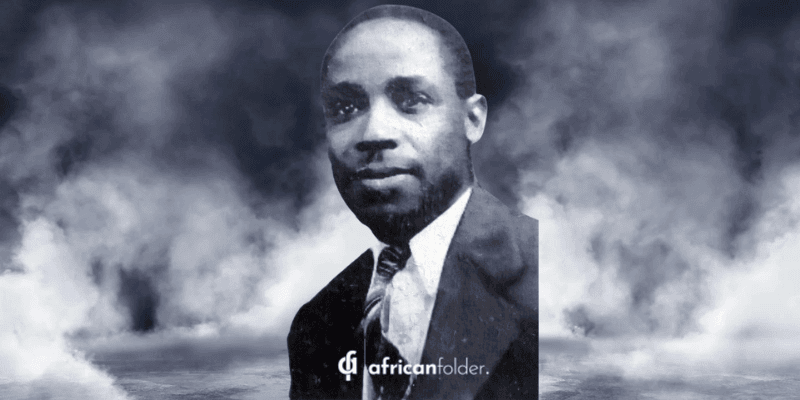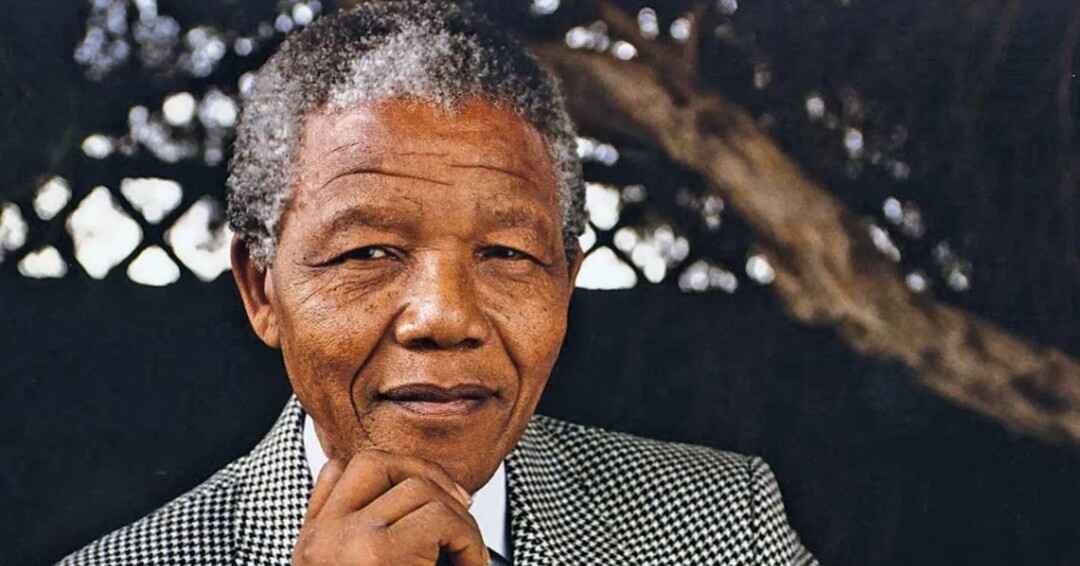William B. Gibbs Jr. was a significant figure in the Civil Rights movement, known for his activism, educational contributions, and community leadership.
William B. Gibbs, Jr., a civil rights activist, educator, and community religious leader, was born on July 26, 1905, in West Chester, Pennsylvania, to Lena W. and William Gibbs, Sr. He grew raised in West Chester, graduating from West Chester High School and later attending Cheyney University, where he received a two-year degree in elementary education in 1925.
In 1925, William B. Gibbs Jr., a civil rights activist, educator, and community leader, began teaching in Maryland. Five years later, Gibbs was appointed acting principal and teacher at Rosenwald Coloured Elementary School in Rockville, Montgomery County, Maryland.
In 1936, Gibbs led the NAACP’s appeal for pay fairness for Black teachers in Montgomery County (Gibbs v. Broome). Thurgood Marshall, a young NAACP attorney, led the case.
Here’s a comprehensive overview of his life William B. Gibbs Jr.’s accomplishments:
Early Life and Education
- Birth: William B. Gibbs Jr. was born on July 26, 1905, in West Chester, Pennsylvania, to Lena W. and William Gibbs Sr.
- Education: He graduated from West Chester High School and went on to pursue a two-year degree in elementary education at Cheyney University, graduating in 1925.
Career and Activism
- Teaching Career: Gibbs began his teaching career in Maryland in 1925 and later became the acting principal and teacher at the Rockville, Montgomery County, Maryland, Colored Elementary School, a Rosenwald school funded by Julius Rosenwald.
- NAACP Involvement: In 1936, Gibbs volunteered to be the plaintiff in a case against the Montgomery County School Board for pay equity discrimination, known as Gibbs v. Broome. Thurgood Marshall, later a Supreme Court Justice, represented him.
- Legal Battle: Gibbs’ case challenged the discriminatory pay policy that paid black educators half of what white educators received for the same work. The case utilized legal arguments based on the denial of Gibbs’ 14th Amendment rights and the precedent set by Plessy v. Ferguson.
- Outcome: The Montgomery County School Board settled out of court in 1937, leading to parity in pay for black and white teachers in the county.
- Impact: Gibbs’ case laid the groundwork for legal arguments used in the landmark 1954 Supreme Court case, Brown v. Board of Education, which declared school segregation unconstitutional.
Later Career and Life
- Dismissal and Return: Despite the legal victory, Gibbs was fired from his teaching position due to a technicality. He then worked in Pennsylvania in youth programming before returning to elementary education in New Jersey in 1940.
- Pastoral Role: In 1944, Gibbs became a pastor with the African Methodist Episcopal (AME) Zion Church, a role he held until his death.
- Retirement and Death: Gibbs retired from teaching in 1971 and passed away on December 27, 1984, in Bryn Mawr, Pennsylvania, at the age of 79. He was buried in his hometown of West Chester, Pennsylvania.
Legacy
- Legal Precedent: Gibbs’ case, Gibbs v. Broome, contributed to the dismantling of legal segregation in schools and paved the way for the Equal Rights Amendment, advocating for pay equity and rights for marginalized groups.
- Educational Advocacy: Through his activism and legal battles, Gibbs fought for equal educational opportunities and fair treatment for educators of all races.
- Community Leadership: As both an educator and a pastor, Gibbs played a significant role in his communities, advocating for social justice and equality.
William B. Gibbs Jr.’s contributions to civil rights, education, and equality have left a lasting impact on American society, shaping legal precedents and inspiring future generations of activists.














